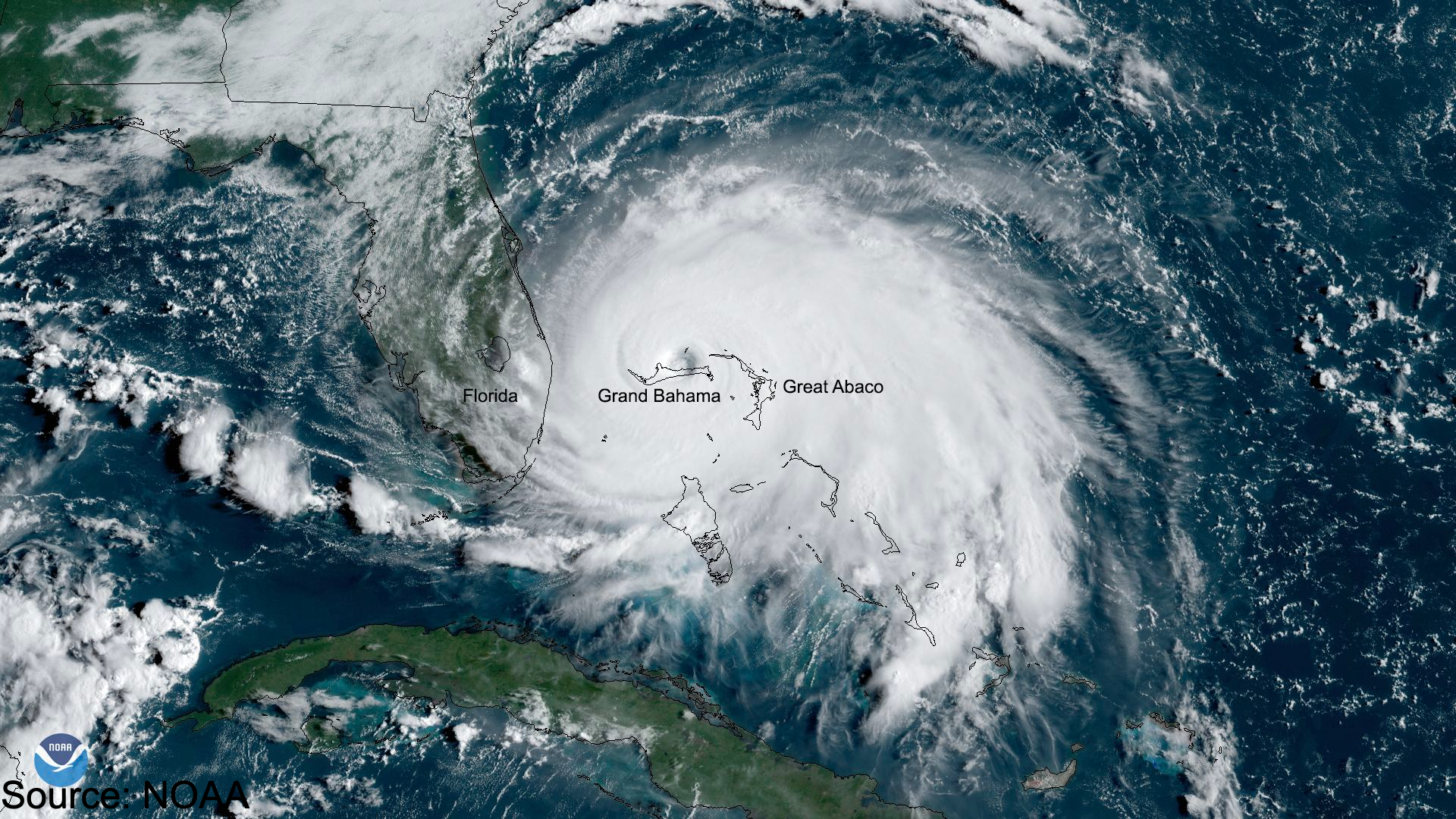Don't settle for half the story
Demyst gives you access to all of the data you need. Evaluate thousands of data attributes from hundreds of possible data connectors all pulled into your own custom-built APIs for instant data deployment.


Hurricane Ida wrought tremendous destruction on the United States’ East Coast leaving hundreds of thousands without power, killing over 50 people, and flooding basements in New York City. Hurricane Ida is another point of evidence along with fires in the Pacific Northwest, typhoons in China, floods in Western Europe, and cyclones in India and Australia, that globally, the frequency and severity of weather events is increasing. The Center for Climate and Energy Solutions has put together a list of these events in the United States and the costs associated with them, and points to the scientific link between a changing climate and greater frequency and severity of natural disasters.
These ongoing global perils unquestionably cause hardship and calamity for many. From a business perspective, they also directly affect insurance companies’ bottom line. Insured catastrophe losses totaled $42 billion in just the first half of 2021, as compared to the 10-year average of $33 billion. Corelogic, one of Demyst’s data partners, estimates that Hurricane Ida added an estimated $27 to $40 billion in both insured and uninsured losses to this tally.
While some insurers may have proactively stopped offering coverage or limited options in high risk areas, they almost certainly did not prepare for Hurricane Ida’s rapid movement from Louisiana to New York City and the associated flash floods.
As losses mount, insurers must reconsider how to offer coverage, price policies, and improve CAT models given that more severe natural catastrophes may be the “new normal.”
Per McKinsey, “Traditional models, and more broadly, past loss experience will not be predictive of the future and that needs to be corrected.”
Smart insurers have decided to tackle the issue instead of running away from it by leveraging new external data sources to enhance their current models. For instance, some catastrophe insurers are now considering augmenting their risk assessment models via the analysis of historical remote-sensing satellite data. The utilization of point-in-time data pertaining to surface water existence, and it's occurrences over time, is of immense value. Take a look at a few more suggestions for external data types below:
|
Data Type / Attribute |
Description |
Example Sources |
|
Aerial Imagery |
Leverage satellites to identify property characteristics and flood prone areas |
Tensorflight, Betterview, Arturo.AI |
|
Mobility |
Identify human movement based on mobile phones in an area to understand event risk |
Safegraph, Unacast |
|
Permits |
Identify how properties in an area have changed over time |
Buildzoom, HazardHub |
|
Tax Assessor and Property Valuation |
Estimate property replacement value and identify mitigation efforts |
Corelogic, Quantarium, HouseCanary, Attom |
|
Historical Weather, including Remote Sensing |
Improve CAT models with historical weather data and out-of-the-box indices |
Hydronos Labs, Dynamic Weather Solutions (HailStrike), and Precisely |
External data allows for the enhancement of existing models to better inform risk selection considerations and pricing. Additionally, if insurers can provide coverage in high-risk areas using superior models based on more accurate external data, they’ll be able to compete in markets where their competitors may be withdrawing.
The direct relationship between high-quality external data and the success of insurers' risk assessment models cannot be overstated. More high-quality data equals more accurate risk assessment models.
However, for many insurers accessing external data products for data discovery and testing requires long time horizons as they vet external data products for quality and compliance. The workaround for insurers, to avoid wasting their valuable resources, is to partner with Demyst and leverage Demyst's data assets.
Collaborating with Demyst can streamline data discovery, data testing, and data access processes for catastrophe insurers and help them capitalize on hidden opportunities. With Demyst on their side, insurers will be able to achieve a modernized risk assessment model via high-quality external data.
To learn more about external data and its potential to act as a force multiplier for catastrophe insurance risk models, take a look at Demyst’s most recent webinar.
Don't settle for half the story
Demyst gives you access to all of the data you need. Evaluate thousands of data attributes from hundreds of possible data connectors all pulled into your own custom-built APIs for instant data deployment.

External data can be easy to discover and deploy